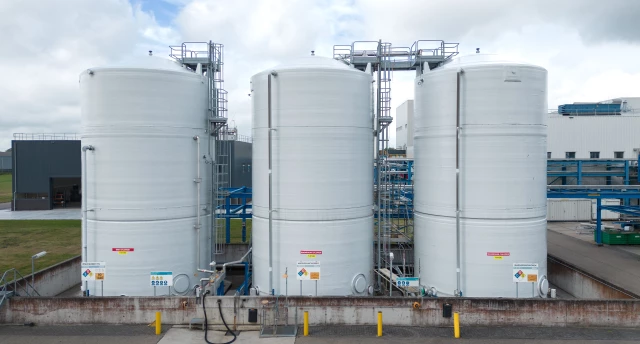The Challenge
Pharmaceutical blister packs require rigid, crystal-clear PVC that maintains thermal stability during calendaring and thermoforming, optical clarity for legible print/lot codes, and chemical robustness to minimize interaction with drug products. Many converters have relied on dioctyltin (DOTE) stabilizers to control early dehydrochlorination; however, DOTE is a Substance of Very High Concern (SVHC) under EU REACH and appears on Annex XIV (Authorisation List), which raises regulatory and supply-continuity risk for pharma packaging supply chains.
Customer pain points
• Stable processing window at ~180–200 °C without yellowing or plate-out
• High clarity at thin gauges (≈0.015 –0.3 mm) typical of blister films
• Reduced HCl evolution and lower extractables/VOCs to minimize interactions between packaging and medication
• A practical path to reduce or replace DOTE while keeping performance
The Solution
ALCAMIZER™ 1 was introduced as a partial replacement for octyltin stabilizer in clear rigid PVC formulations.
Why ALCAMIZER™ works for clear PVC films:
• Thermal stability and acid scavenging: The unique structure neutralizes HCl which delays autocatalytic degradation of the polymer and extends heat-stability.
• Clarity retention: An optimized particle size distribution with a refractive index close to PVC help minimize light scattering. At blister-film thicknesses (0.015–0.05 mm), haze remains low, supporting print legibility and product visibility.
• Regulatory advantage: ALCAMIZER™ contains no SVHCs and provides a practical route to reduce reliance on DOTE in blister packaging applications.
The Outcome
Performance: Equal or better heat stability and improved color compared to tin-only, while maintaining clarity at film gauges and stable thermoforming.
Compliance & Risk: Reduced reliance on DOTE supports compliance in EU markets and strengthens supply-chain resilience.
Commercialization: ALCAMIZER™ grades are in commercial use in rigid PVC, including clear rPVC packaging



